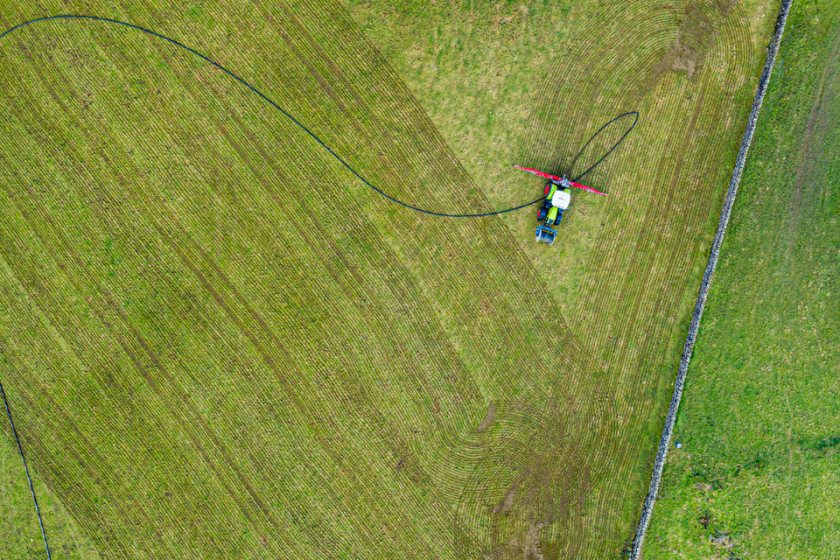
Farmers have been issued four key points to watch out for when completing the full application of the Slurry Infrastructure Grant.
In December 2022, the first round of the Slurry Infrastructure Grant was launched under the Farming Transformation Fund (FTF).
This enabled farms to submit a pre-application through an online checker for projects to help replace, build additional or expand existing slurry stores in order to give six months on-farm slurry storage.
The grant is available to dairy, beef and pig farmers in England, and can be obtained by both owner occupied and tenanted farms providing that they do not already have the six months storage.
The minimum grant which can be applied for is £25,000, and the maximum £250,000 at either the standard cost contributions for eligible items, or 50% of the total invoiced costs, depending on which is lower.
The online checker closed for applications in January of this year, with successful farms being invited to submit a full application in April/May.
Chris Gill, farm business advisor at H&H Land & Estates, has provided farmers with four key points to watch out for when completing the full application.
RPA details
"Ensure your business details are up to date on the RPA, and any agents you may have completing work for you have the relevant permissions to do so.
"This is the most common stumbling block we come across when undertaking work of this nature for clients, as unless an agent is listed on the RPA account for the business, and they have relevant level of permissions to do the work – usually to ‘submit’ or at the very least ‘amend’ permissions – the RPA will not be able to correspond with your agent.
"You can update these details by either logging on to your RPA account or calling the RPA helpline."
Building consent and planning permission
"As would be expected, the building of new structures on farm requires planning permission from your local authority, and the grant rules dictate that the project must have planning approval before the full grant application is submitted.
"Be mindful of the time planning can often take and the work which is associated with this. Ensure all designs and plans conform to SSAFO regulations.
"If you are a tenant, you will also need the landlord’s consent to support your application. It is advised that you have written consent prior to undertaking any further stages of the application which may incur costs."
Timescale and costs
"If there is one thing that we have learned over the past few years, it is that uncertainty and volatility affect all aspects of the farm business, not least infrastructure and construction.
"In order to give accurate figures in the application, ensure that you have a good working relationship with your suppliers, builder’s merchants, contractors etc and that any changes in timescales or costs are clearly identified and agreed.
"Building in additional time to allow for delays and showing contingency planning will not only strengthen your application but will be beneficial when managing the project further down the line."
Supporting documents
"Ensure you are aware of all the supporting documents which are relevant to your application, and the work required to prepare these.
"On the outset, the application form itself may not look too onerous, but the work associated with getting plans drawn up, consent from various parties, cost estimates, financial accounts etc can take time.
"Although 28 June 2024 deadline for full applications may seem a long way in the distance, it can be surprising how this time can disappear."
